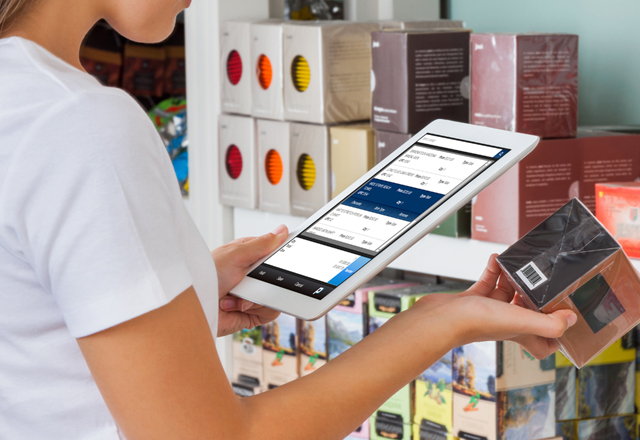Why in-store fulfillment is a must for retail & how to pull it off with less resource strain

Today’s customers are looking for a seamless purchasing experience, whether that’s in-store, online, or a combination of both. But the so-called “last mile” — the time it takes for a shipment to reach a customer —can be a thorn in the side of a retailer. Enter in-store fulfillment.
Benefits of in-store fulfillment

Mounting shipping costs are costly for retailers who are reluctant to pass them along to customers who are looking for the best price for every item, as well as free shipping.
By offering in-store fulfillment, the delivery process can be seamless as customers choose from curbside delivery, click and collect, and buy online/return in-store options.
Employees can address customer requests in real-time, monitor inventory, and deliver attentive service.
In-store fulfillment means retailers no longer have to route products exclusively to a warehouse.
Nordstrom and Kohl’s are excellent examples of putting the strategy into practice.
They can fulfill orders from the store closest to the customer’s location, leveraging their stores as fulfillment centers and shipping orders directly to customers, reducing costs and speeding up deliveries.
Requirements for in-store fulfillment

While the benefits are clear, implementing in-store fulfillment requires an omnichannel strategy in which inventory data is tightly integrated across ecommerce and the in-store POS.
Ship-from-store, ship-to-store, and in-store pickup can then be handled with one solution that optimizes in-store inventory usage and reduces the time and cost for fulfilling online orders.
Perhaps the most daunting part of the process is getting a 360° view of inventory by connecting data from e-commerce sales with in-store transactions.
Determining the correct timing for syncing online data and orders with in-store POS is vital; solutions can be configured to sync data at any interval, including real-time, hourly, nightly, or at other intervals that make sense for a retailer’s operations and network capacity.
If syncing lags, inventory can fall behind, and there’s a risk of selling out of products that have already been committed to online orders.
With seamlessly connected channels, shoppers can buy products online and pick them up in the store that same day.
Store associates can receive pick lists to select and package the products ordered online.
Selecting off-the-shelf products increases inventory turn and decreases the duplication that comes with holding a separate online order inventory.
In-store fulfillment completes the frictionless purchasing experience.
Customers get quick, free delivery — often receiving their items even faster than ordering online.
Retailers, in turn, move inventory more rapidly, helping to maintain price stability.
Both shoppers and retailers benefit from a more efficient customer experience.



